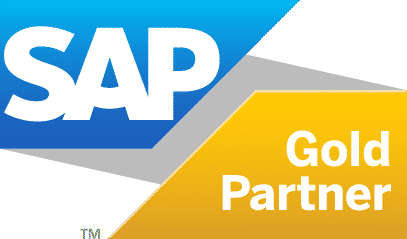Integrating a restaurant point-of-sale (POS) system with SAP can be a game-changer for your restaurant business. It streamlines operations, enhances data accuracy, and empowers you to make data-driven decisions that improve efficiency and customer service. Here’s a content outline for a website dedicated to explaining the benefits and process of integrating your restaurant POS with SAP:
Introduction:
Welcome to our guide on the integration of your restaurant’s point-of-sale (POS) system with SAP (Systems, Applications, and Products in Data Processing). Discover how this powerful partnership can transform your restaurant operations and bring a new level of efficiency and insight to your business.
The Power of Integration:
Streamlined Operations
Explore how the integration optimizes order management, inventory control, and employee scheduling, reducing errors and enhancing productivity.
Enhanced Data Accuracy
Explain how integrated systems eliminate data duplication and ensure real-time, accurate information on sales, inventory, and customer preferences.
Data-Driven Decision-Making
Discuss how the combination of POS and SAP provides valuable insights into customer behavior, sales trends, and cost analysis, aiding strategic decisions.
Integration Process:
Compatibility Check
Begin with assessing your current POS system’s compatibility with SAP and any necessary upgrades or software requirements.
Define Integration Objectives
Clearly outline the specific data points and processes you want to integrate, such as sales data, inventory management, employee records, and financial transactions.
API Integration
Describe how API connections between your POS and SAP enable real-time or scheduled data transfer.
Data Mapping and Transformation
Explain the importance of data mapping and transformation to ensure seamless integration.
Security and Compliance
Highlight the significance of data security and compliance with regulations like GDPR and PCI DSS.
Testing and Validation
Emphasize thorough testing to verify data accuracy and operational functionality.
User Training
Describe the importance of training your staff to use the integrated system effectively.
Monitoring and Maintenance
Discuss the need for ongoing monitoring and maintenance to keep the integration running smoothly.
Reporting and Analytics
Illustrate how SAP’s reporting and analytics capabilities empower data-driven insights.



